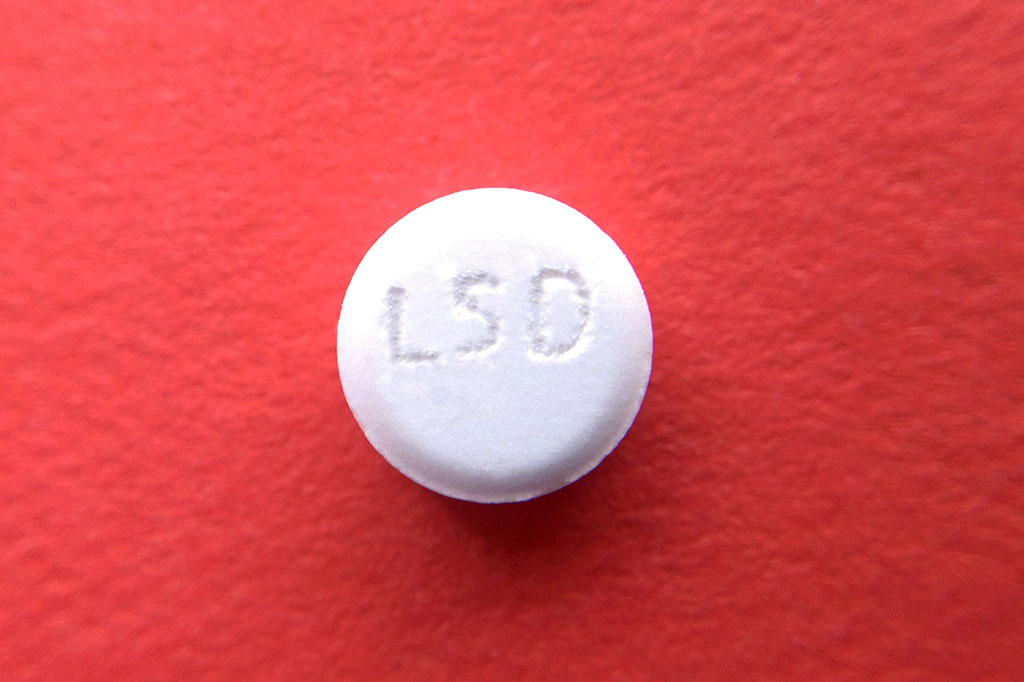Most Americans have been exposed to methamphetamine at some level – whether through pop culture, the daily news, or personal experience. But what many aren’t aware of is the difference between the “old” version of methamphetamine and P2P meth. This new drug seems to be quietly fueling the methamphetamine epidemic, mental illness, and even homelessness. While the opioid epidemic and skyrocketing cases of opioid-related deaths seem to make up the bulk of current national drug news (with good reason), only a fraction of attention has been paid to what P2P methamphetamine is and its effects.
A Brief History of Methamphetamine
The history of meth is rather odd, including an assortment of groups and events like World War II fighter pilots, long-haul truckers, college students doing all-night cram sessions, Hell’s Angels, and Mexican cartels. When the widely used stimulant amphetamine was prescribed by physicians, it was then modified to create the street drug methamphetamine. The result was a synthetic subtype that causes supercharged euphoric side effects and stronger adverse repercussions.
Increased problems linked to meth abuse resurfaced in the 1980s as motorcycle gangs began to produce larger quantities and expanded their client base in Southern California and Oregon. Through the 1980s, methamphetamine use was fairly limited to Caucasian men, most of whom were truck drivers, construction workers, and other blue-collar workers.
Simultaneously, meth abuse in Hawaii had begun to decrease, particularly on the island of Oahu, as a new form of meth called “Ice” was being imported into the state from the Philippines and Southeast Asia. Because this crystallized form of meth was used through heating and inhalation, smoking the drug became the dominant route of administration in Hawaii and eventually throughout the U.S.
Now into the 1990s, meth was distributed in two major ways. Small laboratories became widespread throughout California and other West Coast States, as well as Oklahoma, Missouri, and the Rocky Mountain States. At the same time, “superlabs” that produced larger quantities of the drug developed in Southern California and Northern Mexico. This allowed producers to distribute meth throughout the West and Midwest at low prices.1
Manufactured more frequently with drugs like ephedrine and pseudoephedrine in the 2000s, meth began to attract legal attention. The crackdown on meth followed a similar pattern to the crackdown on quaaludes in the 1980s. The solution? Precursor legislation.
Precursor legislation made it more difficult for people to obtain ephedrine and pseudoephedrine, especially in large enough quantities to create methamphetamine. Meth production was suppressed, supply was restricted, and the drug became more difficult and expensive to acquire. This, however, didn’t last for long, and this point marks the division between previous versions of meth and P2P meth.
What Is P2P Meth and How Is It Different?
Government intervention led methamphetamine manufacturers to explore a previous and unpopular way to make meth, which involved phenyl-2-propanone. This yielded two components: D-isomer and l-isomer. D-isomer produces the high experienced by users, while l-isomer produces physical symptoms of excitability, such as accelerated heart rate, as well as other toxic effects.
The method hadn’t been frequently used in the past because it produced lesser quantities. However, to avoid legal detection and meet their quota, manufacturers refined the technique by incorporating additional harmful ingredients like toiletries, solvents, tanning products, and even racing fuel.
Thus, the cheaper and more potent P2P was born. The price of meth plummeted, and its purity increased from 2007 to 2010 as a result. In 2010, the DEA reported that 69% of domestic meth samples were made using the meth P2P method. By 2012, that number shot up to 96%.2
So how is P2P more dangerous than older versions of methamphetamine? Experts haven’t exactly connected the dots yet. However, there’s strong speculation that the additional chemicals used in the P2P method are behind the current epidemic. Side effects of P2P also seem to differ from those of “old meth.”
Whereas previous versions of meth produced feelings of euphoria, alertness, and improved mood, P2P seems to drive users towards isolation, paranoia, psychosis, delusions, and hallucinations. What’s more, this new form of meth seems to be just as addictive, if not more so.
From 2015 to 2019, meth-involved overdose rates nearly tripled. According to research, methamphetamine addiction treatment rates increased by 56% from 2018 to 2019. The mental impairment seems to be more severe with P2P meth use, as well as longer-lasting side effects. Previously high-functioning meth addicts who were able to hold down jobs, pay bills, and maintain a family could no longer sustain any type of lifestyle when using P2P.
Granted, while we don’t condone any form of methamphetamine use, the increased psychological impact of P2P meth compared to older versions further illustrates the drug’s dangers. Because of P2P’s increased purity, accessibility, and paltry cost, there seems to be no easy solution for untangling the mess this drug has made.
Meth Addiction Help at Clearbrook
Finding meth help and support for addiction is the first step to regaining one’s health and life. As a nationwide Northeast addictions treatment center with several locations, we understand the detrimental effects of methamphetamine abuse, as well as the need for professional intervention and care. If you or someone you care about is battling meth addiction, our specialists are here to help.
Our rehab offers meth detox in PA as part of our residential level of care. This type of programming is best suited to individuals with severe drug use disorders who require medical stability and psychological support. Following detox, patients receiving meth addiction treatment can begin working with our therapists in programs like CBT and biofeedback to cope with drug cravings and develop relapse prevention strategies.
For more information about our Pennsylvania addiction treatment and how to get started, call Clearbrook Treatment Centers today at 570-536-9621 or provide us with your contact information so we can reach out to you.
Sources:
Related Reading:
Signs Your Neighbor Is Cooking Drugs: Meth Lab Edition







